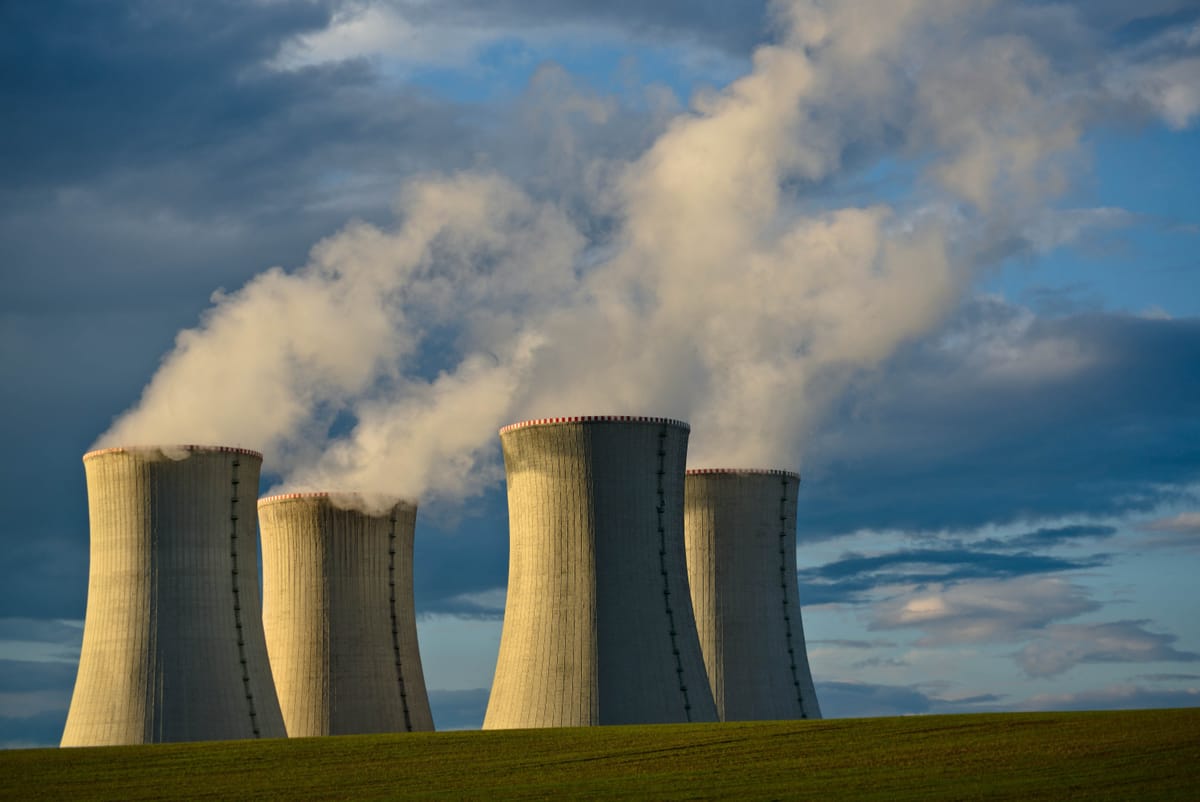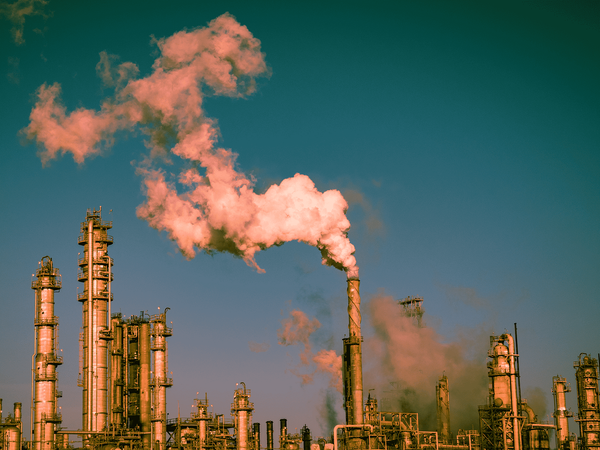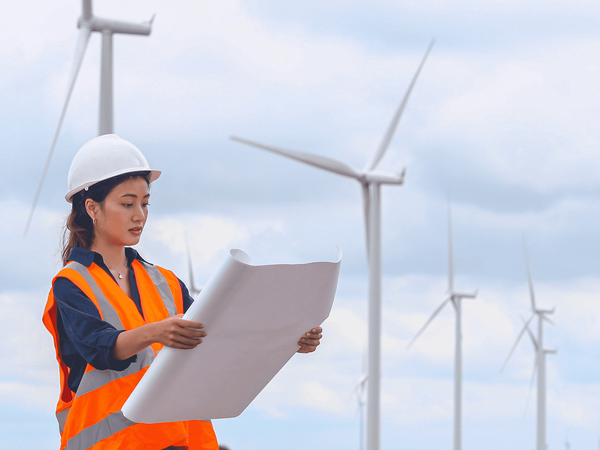Exploring nuclear energy: a reliable alternative?

Nuclear energy always brings an opposing opinion. I remember in one of my Master's courses when I had to write an essay on ‘For or Against’ Nuclear energy, I was more tilted towards ‘Team Against’ just because the horrific photos from the Fukushima disaster were still fresh on my mind.
Also, the frightful Chernobyl incident, which almost destroyed entire Europe, was always the reminder of what could go wrong with nuclear power plant. Just the thought made me wish we didn’t have to choose nuclear energy as an alternative.
However, with the Russia-Ukraine war, Europe’s energy source is currently a huge threat as Russia delivers 40% of Europe's natural gas supply. With countries racing to put sanctions against Russia for starting the war, the UK and the US have already announced the banning of Russian gas. This step has given enough pressure to other countries, especially the EU, to think about alternative energy sources.
Is nuclear energy a new alternative?
According to Forbes, the primary global energy consumption in 2019 was as follows:
- Oil = 33%
- Coal =27%
- Natural Gas = 24%
- Hydroelectric =6%
- Renewables =5%
- Nuclear Energy =4%
These statistics demonstrate that fossil fuels still accounted for 84% of the world’s primary energy consumption, making it the highest consumed source of energy. Although electric cars are slowly coming into the trend, gasoline-based cars still take the majority of the share (59% in 2019). Other non-renewable sources, such as coal are used for electricity generation, chemical production, and other industrial purposes, and natural gas is used to power domestic appliances, boilers, and furnaces.
In terms of renewable energy, China has the largest PV market. The global percentage of renewable energies in electricity generation increased to 29% in 2020 from 27% in 2019. However, the fact that renewable energies are weather dependent and rely completely on fuel (wind, sun, water) makes them less reliable and less competitive for the global system.
This brings us to exploring nuclear energy, which seems to have the highest capacity factor (data from last decade) of any other energy source. Just looking at the data from 2021, nuclear power plants produced maximum power for an average of 93% of the time during the year, about 2.7 to 3.7 times more than wind and solar plants, respectively. This basically means nuclear power plants have a reputation for being reliable energy. At the moment, this is what the world needs – a reliable energy source.
Nuclear energy vs other sources of energies
It’s rare to find complete studies on the environmental impact of the entire life cycle of nuclear power plants, although some researchers mentioned that not enough data is available for a conclusion. In one life cycle study, the Netherlands-based World Information Service on Energy (WISE) calculated that nuclear plants produce approximately 117 grams of CO2 emissions per kilowatt-hour.
Fossil fuel-based energy has high carbon sources, and the release of this carbon into the atmosphere negatively impacts the environment. Only in the EU, more than 75% of global greenhouse gas is being produced from fossil fuels. The combustion of fuels releases gases, such as carbon monoxide and sulfur dioxide into the air, which has the potential to harm the environment. Besides, the burning of coals also releases soot and smog, resulting in air pollution and acid rain. The carbon emissions from the burning of such fuels trap heat in the atmosphere, causing global warming.
Renewable energy sources have a less negative impact on the environment as compared to the burning of fuels and coal. Only in Germany, 230 million tonnes of carbon dioxide equivalents were avoided through the use of renewables in 2020. The impact of such sources varies on the technology. Generally, the establishment of renewable energy plants requires a large area, which may become a challenge to wildlife and habitat. In addition to this, the process of mining or manufacturing various materials results in unwanted wastes and the emission of unwanted gases.
According to German Environment Agency (UBA) and WISE, nuclear power releases 3.5 times more CO2 per kilowatt-hour than photovoltaic solar panel systems. It has, however, a much better number than fossil fuel-based energies. Some comparisons of different energy sources with complete life cycles are (unit= grams of CO2 emissions per kilowatt-hour):
- Brown coal (Lignite) = 1034
- Hard coal (anthracite) = 864
- Natural gas = 442
- Nuclear = 117
- Photovoltaic with solar panels using silicon = 33
- Onshore wind farms with a most recent generation of wind turbines = 9
- Offshore wind farms with a most recent generation of wind turbines = 7
- Hydropower = 4
What is wrong with nuclear energy?
Nuclear waste! The production of nuclear energy impacts the environment differently than other energy sources. Uranium, which is used as a fuel in nuclear power plants leaves a highly radioactive residue that cannot be recycled. This radioactive waste possesses a huge risk if not stored in an appropriate disposal facility. If not well protected, the radiation generated during a nuclear reaction causes major health risks, such as cancer and damaged DNA, if exposed for a long period.
The high-risk factor of environmental degradation and health is the major drawback of nuclear energy. The wastes from nuclear power plants remain radioactive for hundreds of years, and improper storage or exposure to the environment poses a serious health risk.
Unlike renewable energy, nuclear energy requires high initial capital and maintenance costs. The high accidental risks and leakage of radioactive wastes make nuclear power plants potential risks to human life and the environment itself.
What has changed since The Fukushima Disaster?
New safer and more economical nuclear reactors are being designed with improvements in reactors. More efficient methods of mining ores, management of wastes, and development of infrastructures are being carried out.
With the application of such systems, proper waste management and reduction in input energy can be obtained. Various countries are working to explore the wide spectrum of fourth-generation nuclear reactors, which will increase efficiency and reduce potential harm. Researchers are also evaluating systems in terms of sustainability and how we can meet the current energy need without hampering anything for the future.
Another type of reactor known as a fast spectrum reactor is generally considered for generating electricity, which yields a large amount of energy as compared to thermal reactors. With the increase in the production of nuclear energy, the unit cost of the energy will also come down.
This brings us to the remaining issue— intensive research and development for better handling of nuclear waste. With this, the risk for environmental degradation and human health will decrease and efficiency will increase. If this happens, nuclear energy can be a choice to solve the global energy crisis.



